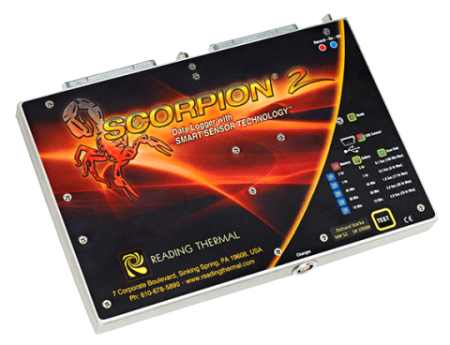Achieving the perfect loaf of bread isn’t just about having the right ingredients or kneading technique. The real magic happens in the oven, where temperature and humidity work together to shape the final texture. For commercial bakeries, monitoring these factors is essential. Reading Thermal products ensure accurate temperature and humidity monitoring for commercial bakery ovens in Japan, helping companies ensure every loaf meets the highest quality standards.
How Temperature Affects Bread Crust and Softness
Temperature is the backbone of the baking process. When dough enters the oven, heat activates the yeast one last time, causing it to expand before it eventually dies off. This is known as oven spring, and it’s what gives bread its volume and lightness. If the oven temperature isn’t high enough, the bread won’t rise properly, resulting in a dense loaf. If it’s too hot, the crust will form too quickly, preventing further expansion and leading to a thick, tough exterior.
Beyond expansion, temperature also drives the Maillard reaction, the process responsible for browning the crust. This reaction occurs when proteins and sugars in the dough react with heat, creating that signature golden color and deep, complex flavors. If the temperature isn’t consistent throughout the oven, some loaves may brown too quickly, while others remain pale.
The Crucial Role of Humidity in Baking
While temperature gets most of the attention, humidity is just as important when it comes to baking perfect bread. Moisture in the oven helps control how quickly the crust forms. If humidity is too low, the surface of the dough dries out too soon, resulting in a thick, overly chewy crust. If there’s too much moisture, the bread may not brown properly, leading to a soft, rubbery exterior.
Humidity also affects the overall softness of the bread. A well-humidified oven allows the dough to retain more moisture throughout the bake, leading to a tender crumb. This is especially important for soft bread varieties. In contrast, crusty breads need an initial burst of steam to keep the dough flexible before reducing humidity to help form a crisp outer layer.
Commercial bakeries often use steam injection systems to regulate humidity, ensuring that each batch of bread gets the ideal amount of moisture for its specific needs. By using Reading Thermal’s SCORPION® 2 Digital Humidity Sensor, bakers can prevent common issues like cracked crusts, dry interiors or uneven texture.
How Monitoring Improves Consistency and Reduces Waste
In a commercial bakery, consistency is everything. Customers expect every loaf to taste, feel and look the same, whether they’re buying it today or months from now. Without proper temperature and humidity monitoring, there’s too much guesswork involved. Variations in weather, oven performance and baking loads can all impact how bread turns out. By using advanced monitoring systems, bakeries can maintain strict control over their baking environment, ensuring uniform quality across every batch.
Better monitoring also means less waste. When bread doesn’t bake properly due to temperature or humidity fluctuations, it often gets discarded, cutting into profits and increasing food waste. By keeping conditions stable, bakeries can minimize these losses and improve overall efficiency.
Whether it’s ensuring even browning, maintaining moisture levels, or preventing baking mishaps, temperature and humidity monitoring for commercial bakery ovens in Japan is critical. By getting it right every time, bakeries can keep customers happy and operations running smoothly. Learn more by contacting Reading Thermal online or calling (01) 610-678-5890.

